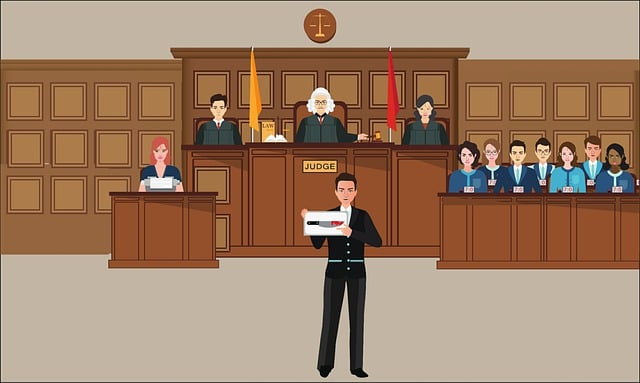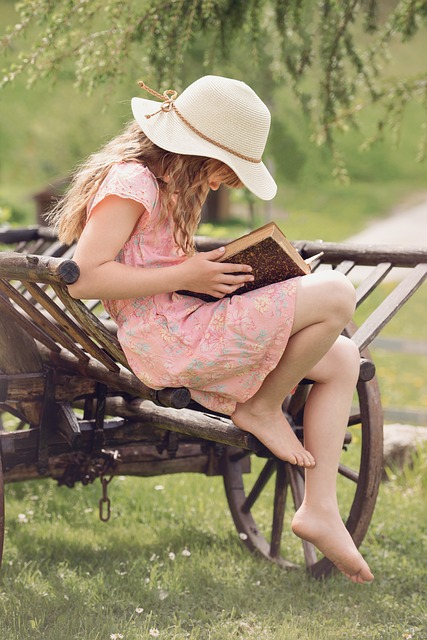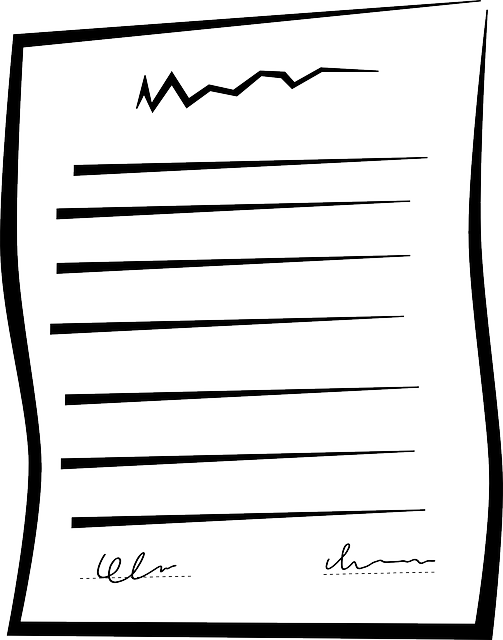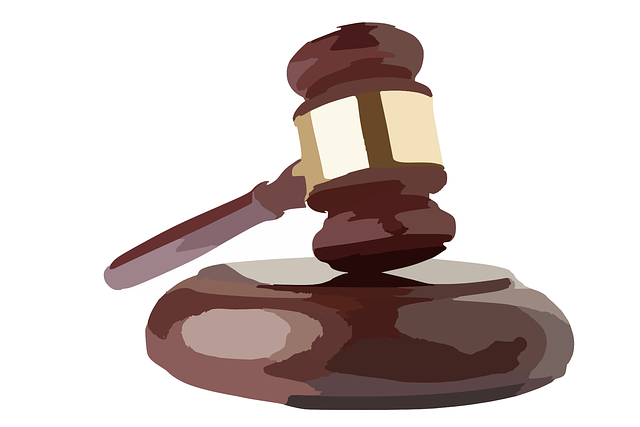Store slip and fall incidents lead to prevalent personal injury claims, with success requiring proof of unsafe conditions and property owner negligence. Specialized attorneys advocate for victims' rights and fair compensation, considering factors like injury severity, medical costs, pain, lost wages, prior settlements, contributory negligence, and legal costs in determining settlement amounts.
In the realm of store slip and fall cases, understanding typical settlements is crucial for both plaintiffs and defendants. This article navigates the intricate world of compensation in such incidents, focusing on common settlement types and factors influencing amounts. By delving into these aspects, folks can gain insights into how courts determine justice in these bustling scenarios. Remember that knowing these dynamics ensures informed decisions and fosters fair resolutions, especially in today’s digital era where slip and fall cases are not uncommon.
- Understanding Store Slip and Fall Cases
- Common Settlement Types in Slip and Fall Lawsuits
- Factors Influencing Settlement Amounts
Understanding Store Slip and Fall Cases
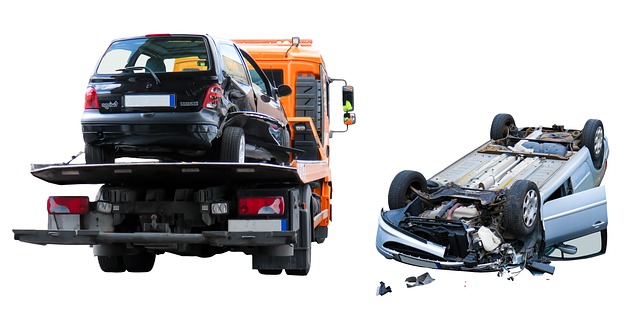
Slip and fall incidents occurring inside a store or commercial premises are common legal issues, often leading to personal injury claims. These cases typically involve customers who sustain injuries due to unsafe conditions, such as wet floors, uneven walkways, or poorly maintained stores. Understanding store slip and fall cases is crucial for both plaintiffs seeking compensation and businesses aiming to prevent such accidents.
In many jurisdictions, a successful claim requires proving that the property owner or manager had actual or constructive knowledge of the hazard and failed to take reasonable steps to address it. This often involves gathering evidence, including witness statements, medical records, and expert opinions on the safety standards violated. Unlike car accident lawyers or medical malpractice cases, slip and fall attorneys focus on the unique challenges of proving liability in retail settings, ensuring that victims receive fair compensation for their injuries and medical expenses.
Common Settlement Types in Slip and Fall Lawsuits
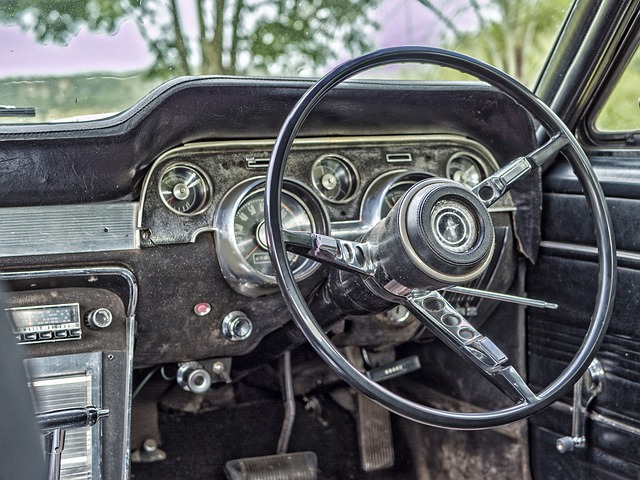
In store slip and fall cases, settlement types vary based on the severity of injuries, liability determinations, and legal strategies employed by both parties. Common settlement outcomes include out-of-court agreements where the defendant (usually the store or property owner) compensates the plaintiff for medical expenses, lost wages, pain and suffering, and other damages. These settlements can range from a few thousand to several hundred thousand dollars, depending on the case’s unique circumstances.
Beyond individual store slip and fall cases, there are instances where broader issues like caregiver negligence in nursing homes or truck accident injuries contribute to settlement types. In such scenarios, settlements might involve significant sums to address systemic issues and prevent future occurrences of neglect or severe injuries. These complex cases highlight the potential for substantial compensation when negligence leads to avoidable accidents and subsequent harm.
Factors Influencing Settlement Amounts
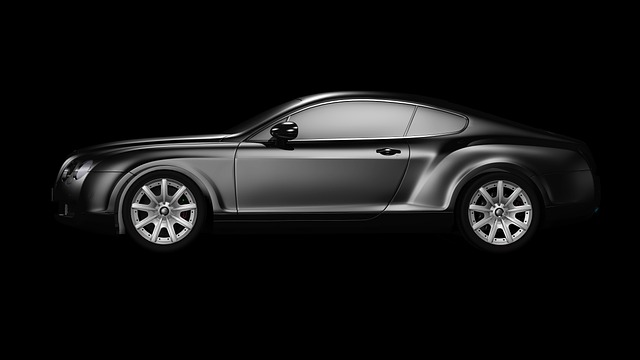
When determining settlement amounts in store slip and fall cases, several factors come into play. The extent of the victim’s injuries is a primary consideration; more severe or long-lasting injuries naturally lead to higher compensation. Medical bills, both current and future projected expenses, are also significant components. Beyond physical injuries, pain and suffering, lost wages, and reduced earning capacity can further increase settlement values.
Other influential factors include the store’s negligence in maintaining a safe environment, such as inadequate lighting or slick flooring not properly marked. Prior settlements or judgments related to similar incidents within the same location may also impact the current case’s compensation. Additionally, the victim’s contributory negligence, if any, and the legal costs incurred by both parties can influence the final settlement amount. This comprehensive evaluation ensures fairness in resolving store slip and fall cases, taking into account various elements to arrive at an appropriate injury compensation.
When it comes to settling store slip and fall cases, understanding the typical settlement types and factors influencing amounts is key. These cases often result in substantial compensation for victims, reflecting the significant impact such incidents can have on their lives. By recognizing common settlement patterns and the variables that play a role in determination, individuals can better navigate the legal process and potentially secure fair redress for their injuries. In the realm of store slip and fall litigation, knowledge is power—empowering individuals to advocate for their rights and seek appropriate justice.
